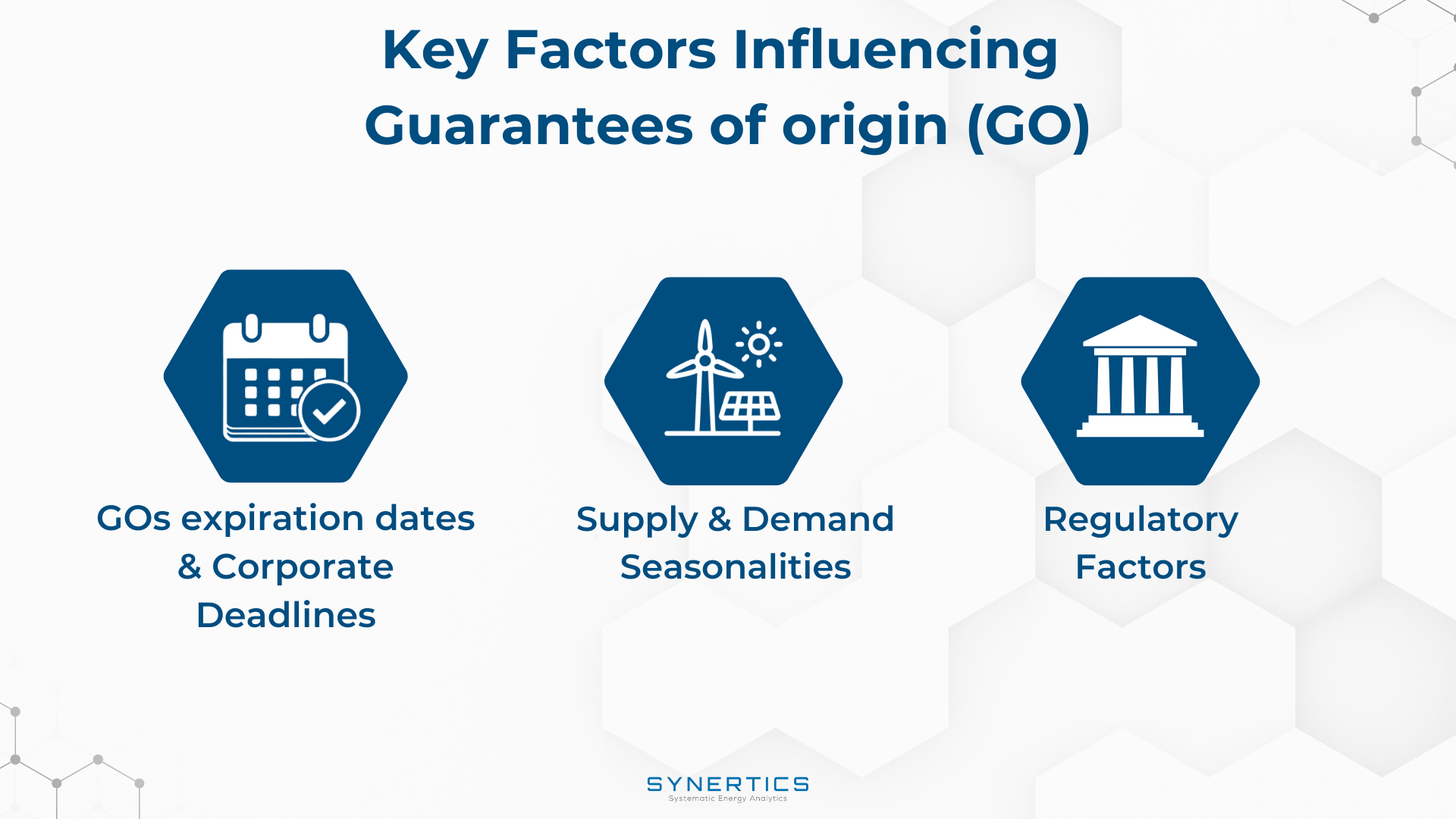Join us on our journey towards renewable energy excellence, where knowledge meets innovation.
In one of our latest articles, Mapping Europe’s Battery Storage Potential for 2025, we assessed the market attractiveness of EU countries for battery energy storage system (BESS) investments, based on indicators such as average daily price spreads, frequency of negative prices, and basic eligibility for ancillary and capacity markets. While these metrics offer a snapshot of arbitrage potential and revenue stacking, they don’t tell the whole story.
To understand the long-term investment case for battery storage, it’s crucial to consider additional structural and systemic factors. These include the generation mix, electricity grid conditions, interconnection capacity, and the volume of existing or planned BESS projects. Together, they shape the viability and resilience of BESS investments.

The structure of a country’s electricity generation mix determines the magnitude of its storage needs. In particular, high shares of variable renewable energy (VRE) sources such as wind and solar intensify the demand for grid flexibility.
Because solar output is closely tied to daylight hours and weather conditions, its production follows a predictable but variable pattern, typically peaking around midday and dropping off sharply in the evening. This dynamic often leads to very low electricity prices during midday when solar supply is abundant, sometimes even turning negative. However, once the sun sets, electricity demand remains high while supply must shift to more expensive peaking sources like gas-fired plants, pushing prices up.
This creates ideal conditions for price arbitrage: Batteries can charge during solar-driven price troughs and discharge during evening peaks. Markets with high solar penetration therefore tend to exhibit pronounced diurnal price spreads, making them especially attractive for BESS projects focused on intraday arbitrage.
The condition and capacity of a country’s electricity grid can significantly influence both the feasibility and profitability of BESS investments. For new BESS projects, grid congestion can be a double-edged sword, it signals a pressing need for system flexibility, which batteries can provide, but it also introduces practical challenges. These include delays in securing grid connection permits and uncertainty around project timelines.
For operational BESS projects, limited grid capacity can directly affect revenue generation. Congestion may restrict the ability to charge or discharge at optimal times or result in curtailment of co-located renewable generation. As a result, even technically sound projects may face underperformance due to grid bottlenecks.
Another grid-related factor influencing BESS attractiveness is interconnectivity, the ability of a country to import or export electricity through cross-border transmission lines. Interconnections offer flexibility to the system by balancing supply and demand across regions. However, they also compete with domestic flexibility providers like BESS.
The impact of interconnections on BESS investment is twofold. On one hand, low interconnection levels can lead to higher local price volatility, increasing arbitrage opportunities and the need for storage. High interconnection levels, on the other hand, tend to smooth out price differences by enabling electricity to flow more freely between markets. This reduces domestic price volatility, which may limit the potential for BESS to earn from arbitrage.
However, in countries with inherently low price spreads, often due to limited wind and solar generation, strong interconnections can actually create arbitrage opportunities by allowing batteries to import and store cheaper electricity from neighbouring markets. As such, the impact of interconnection levels should be assessed within the broader context of the electricity system.
The amount of installed battery storage capacity can offer valuable insights into a market’s readiness and competitiveness. A growing installed base typically signals a combination of strong policy support, favourable market conditions, and active investor interest.
However, saturation risk should not be overlooked. In some Nordic countries, for instance, the rapid growth of batteries participating in frequency containment markets has started to reduce revenues as competition increases. Conversely, in emerging BESS markets, lower saturation levels may present a first-mover advantage, though often coupled with greater regulatory or infrastructural uncertainty.
While daily price spreads, the occurrence of negative prices, and access to ancillary services remain key metrics for evaluating BESS investment opportunities, they represent only part of the picture. Factors such as the generation mix, grid infrastructure, interconnectivity, and the existing storage landscape all significantly influence a project's long-term viability.
For instance, a market with limited solar penetration might show only moderate price spreads today, but if it has ambitious renewable targets, it could offer strong upside in the medium term. Conversely, a country with already high installed BESS capacity might face growing competition and revenue cannibalisation, despite currently attractive arbitrage conditions. Ultimately, understanding the broader market dynamics is essential to identifying the most resilient and promising BESS investment opportunities.

Insights, Market-trends
15th Dec, 2025

Insights
2nd Dec, 2025

Insights
19th Nov, 2025